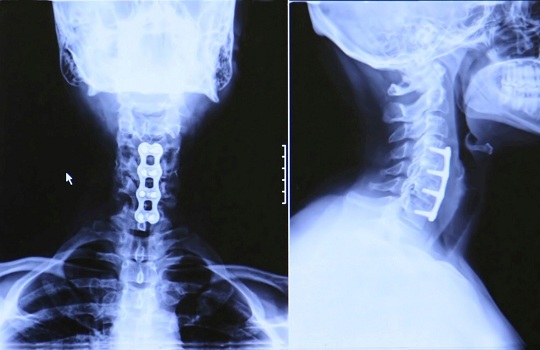Congratulations! You’re having a baby after nine months filled with joy and anticipation of the new arrival. However, pregnancy can also add stress to your body resulting in unfamiliar aches and pains. Consider prenatal massage therapy as a sensible way to relieve your discomfort.
Prenatal massage works to loosen your muscles, lessen joint pain, relieve swelling and improve blood flow. If you’ve ever had a professional massage, you know how much better you feel after a single session.
Before you rush to make an appointment, you should be aware of its advantages and disadvantages. Read on to find out what you need to know about prenatal massage.
Benefits of Prenatal Massage
Massage therapy is regarded as a healthful treatment for pregnant women. Regular prenatal massages can relieve minor issues associated with pregnancy, such as painful joints, headaches, sinus congestion, swollen hands and feet, insomnia, neck pain, leg cramping and sciatica. Get approval from your obstetrician before going forward with prenatal massages. If you have a history of high-risk pregnancies, premature labor, diabetes, severe morning sickness, high blood pressure or periods of abdominal pain and bleeding, you may not be a good candidate.
When you get your doctor’s go-ahead, remember not to start the sessions too early. Most certified therapists refuse to provide services to women in their first trimester due to miscarriage risks. Be prudent and wait until you are in your second trimester before undergoing your first treatment.
Factors to Consider Before and During Prenatal Massage
Do not assume your regular therapist can do prenatal massages. You must choose a massage therapist who is certified to perform prenatal massages. If you are still uncertain about your choice, ask for a list of patient references and check each one.
As cheap and convenient as it may seem, do not allow your friend or partner to give you a massage. While there are thousands of online instructional guides on prenatal massage, the techniques should only be performed by a trained professional. Certified prenatal massage therapists recommend side-lying treatments. There are specially designed prenatal massage tables for stomach-down treatments, however they may not provide the proper abdominal support for your body type. Additionally, be wary if a therapist insists on positioning you on your back. This could put undue stress on the placenta and greatly reduce blood circulation.
Finally, if a particular manipulation is painful, tell the therapist immediately. Prenatal massage should be a comfortable, relaxing experience. Discomfort and pain will cause your muscles to tense up, which defeats the purpose of the treatment.
Additional Help
Proper prenatal massage techniques will go a long way in improving your health and comfort levels during pregnancy. By now, you have learned what you need to know about prenatal massages. If you are ready to find a certified prenatal massage therapist, let TalkLocal help you! TalkLocal will connect you with up to three prenatal massage therapists in your area who are available when you need them.












Your article recommends NOT having a pregnant woman lying on her back, yet that’s the art image you chose.
Fixed